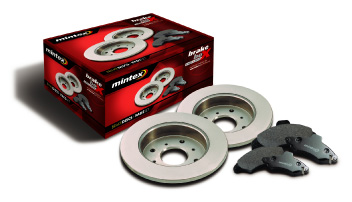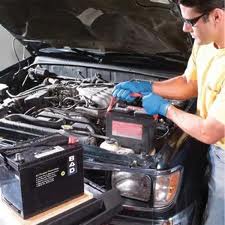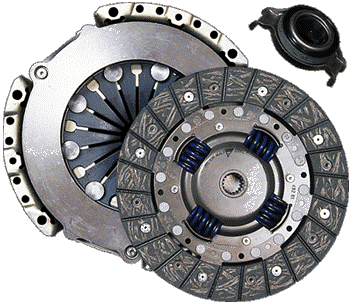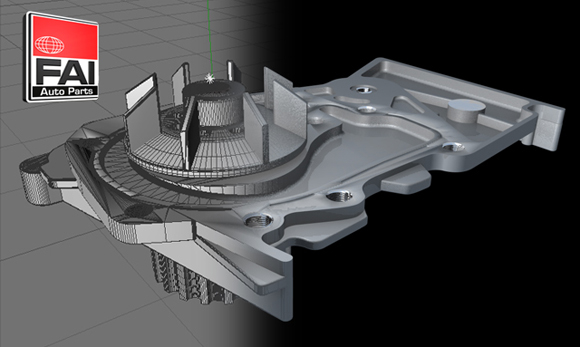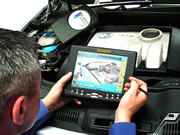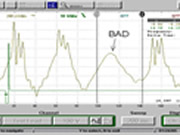Car Diagnostic Engine Tuning
Mobile Car Diagnostic Repair
Mobile Car Diagnostic Service
Your vehicles engine management light has come on and you are worried what the problem may be no problem Mobile Auto Services can help with the latest advanced diagnostic tools on the market today we can read the vehicles ECU [on board computer] to retrieve the fault codes which are stored in the vehicle ECU identify the faulty part.
We can read your automotive vehicles fault codes from engine diagnostics to ABS braking systems, Airbags, Alarms systems, Transmission problems etc. With our advanced equipment we can test components by viewing live data wave forms which high light components that are breaking down under load.
When something goes wrong in your car, you have two options: one is to attack the problem yourself; and the other is to have a car diagnostics specialist take a look at it. Nowadays however, most cars have complex electronic control systems installed, sometimes with as many as 10 units in the one car! Checking these complicated systems yourself could prove dangerous or in the case of airbags, even fatal, should you not know exactly what you are doing. The car diagnostic system is usually situated near the dashboard area or around the central console and is accessed by a port, known as a European On Board Diagnostics or EOBD, port.
It is designed to reduce the emissions released into the atmosphere in an attempt to make vehicle fuel consumption more efficient and therefore more economical. The design of the EOBD means that a car-diagnostics technician can plug in specialist equipment to an EOBD port, and locate the problem in a matter of minutes for the majority of problems. Although the EOBD tool does not cover every single car on the market, its model range is fairly impressive covering a wide selection of cars from Europe and Japan. For those of you who are unsure what constitutes a Car's diagnostic problem, they are listed here and can include the systems of Engine Management, Airbag / SRS, ABS / Traction Control, Air Conditioning, Automatic Transmission, Chassis Network, Diesel Management, immobilizer, Key encode, and Service Light Resetting. and CAN bus Systems.
CAN bus is a fairly new system and internationally standardised: ISO 11898. Originally developed by Bosch, it consists of only two cables, making the likelihood of error very remote. In order to read the data, which is transferred at speeds of up to 1MB per second, an adapter is required. Experienced car diagnostic technicians carry one of these on them. It is not advised for car owners not experienced in diagnostics to attempt to access this system in any other way. Probably the greatest difference between diagnostics twenty years ago and car diagnostics today is that there are diagnostic technicians who are completely mobile now, saving the consumer, time, money and inconvenience On-Board Diagnostics, or OBD, in an automotive context, is a generic term referring to a vehicle's self-diagnostic and reporting capability.
OBD systems give the vehicle owner or a repair technician access to state of health information for various vehicle sub-systems. The amount of diagnostic information available via OBD has varied widely since the introduction in the early 1980s of on-board vehicle computers, which made OBD possible. Early instances of OBD would simply illuminate a malfunction indicator light, or MIL, if a problem was detected—but would not provide any information as to the nature of the problem. Modern OBD implementations use a standardized fast digital communications port to provide real time data in addition to a standardized series of diagnostic trouble codes, or DTC's, which allow one to rapidly identify and remedy malfunctions within the vehicle.
OBD-I
The regulatory intent of OBD-I was to encourage auto manufacturers to design reliable emission control systems that remain effective for the vehicle's "useful life".[citation needed] The hope was that by forcing annual emissions testing for California[citation needed] , and denying registration to vehicles that did not pass, drivers would tend to purchase vehicles that would more reliably pass the test. OBD-I was largely unsuccessful[citation needed], as the means of reporting emissions-specific diagnostic information was not standardized. Technical difficulties with obtaining standardized and reliable emissions information from all vehicles led to an inability to implement effectively the annual testing program.
OBD-II
Is an improvement over OBD-I in both capability and standardization. The OBD-II standard specifies the type of diagnostic connector and its spinout, the electrical signaling protocols available, and the messaging format. It also provides a candidate list of vehicle parameters to monitor along with how to encode the data for each. Finally, the OBD-II standard provides an extensible list of DTC's. As a result of this standardization, a single device can query the on-board computer(s) in any vehicle. This OBD-II came in 2 models OBD-IIA and OBD-IIB.
The OBD-II specification provides for a standardized hardware interface—the female 16-pin (2x8) J1962 connector. Unlike the OBD-I connector, which was sometimes found under the hood of the vehicle, the OBD-II connector is required to be within 2 feet of the steering wheel (unless an exemption is applied for by the manufacturer, in which case it is still somewhere within reach of the driver). SAE J1962 defines the pin out of the connector as:
EOBD is a version of OBD-II required in Europe since Model Year 2003 for diesel vehicles and since 2001 for gasoline vehicles[6]. With Euro V and Euro VI emission standards, EOBD emission thresholds will be lower than previous Euro III and IV. EOBD refers to Europe On-Board Diagnostics.
OBD-II diagnostic data available
OBD-II provides access to numerous data from the engine control unit (ECU) and offers a valuable source of information when troubleshooting problems inside a vehicle. The SAE J1979 standard defines a method for requesting various diagnostic data and a list of standard parameters that might be available from the ECU. The various parameters that are available are addressed by "parameter identification numbers" or PID's which are defined in J1979. For a list of basic PID's, their definitions, and the formulae to convert raw OBD-II output to meaningful diagnostic units, see OBD-II PID's. Manufacturers are not required to implement all PID's listed in J1979 and they are allowed to include proprietary PID's that are not listed. The PID request and data retrieval system gives access to real time performance data as well as flagged DTC's. For a list of generic OBD-II DTC's suggested by the SAE, see Table of OBD-II Codes. Individual manufacturers often enhance the OBD-II code set with additional proprietary DTC's.
Need your vehicle back on the road as soon as possible Mobile Auto Services can help for complete mobile mechanic repair service at your home or work place.

